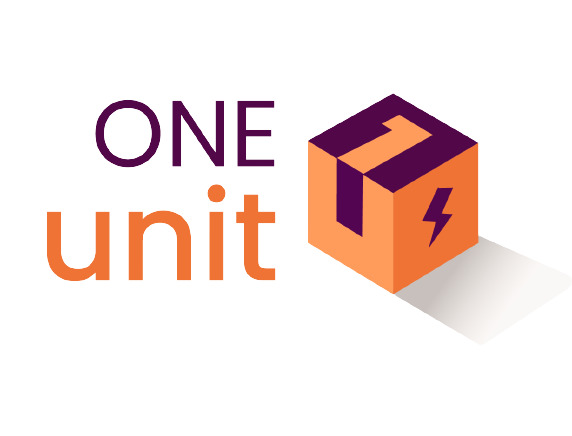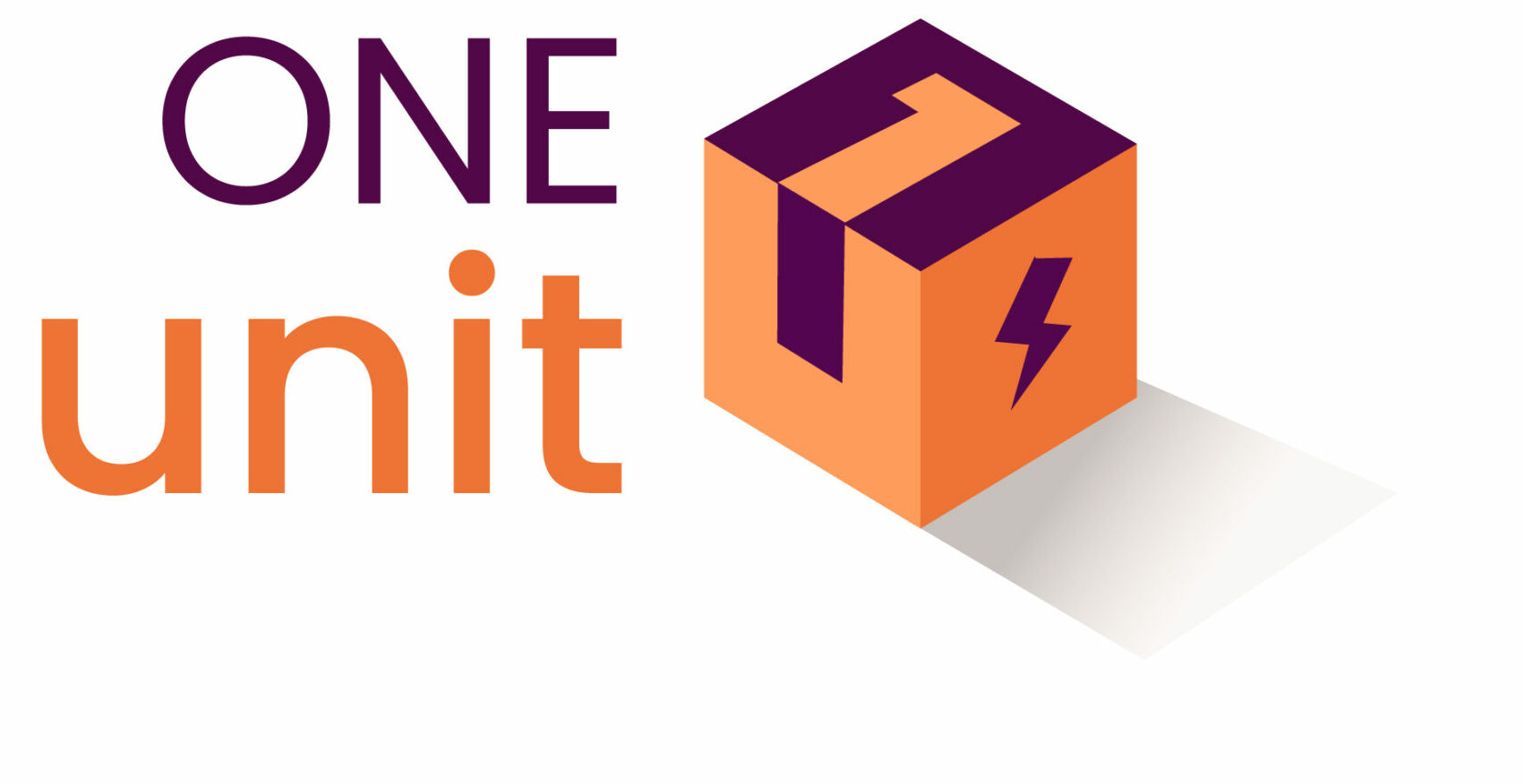How to Optimize the Energy Efficiency with Smart Electrical Systems
Optimizing energy efficiency with smart electrical systems involves the integration of advanced technologies and strategies to monitor, control, and reduce energy consumption in residential, commercial, and industrial settings. Here are some steps and approaches to help you optimize energy efficiency with smart electrical systems:

1. Energy Audit and Monitoring:
- Start by conducting an energy audit to identify areas of high energy consumption and inefficiencies.
- Implement energy monitoring systems to continuously track and analyze energy usage in real-time. Smart meters, sensors, and data analytics can help with this.
2. Load Management:
- Use load management strategies to balance and optimize electricity consumption. This can involve shifting non-critical loads to off-peak hours.
- Implement demand response programs that automatically reduce energy usage during peak demand periods based on grid signals.
3. Smart Lighting:
- Install smart lighting systems that use occupancy sensors, daylight harvesting, and scheduling to control lighting based on actual needs.
- Consider LED lighting, which is energy-efficient and has a longer lifespan compared to traditional incandescent or fluorescent lighting.
4. HVAC Optimization:
- Utilize smart thermostats and HVAC control systems to regulate temperature and humidity based on occupancy and outside weather conditions.
- Implement zoning to heat or cool specific areas as needed, rather than conditioning the entire building.
5. Energy-Efficient Appliances and Equipment:
- Choose energy-efficient appliances and equipment with high Energy Star ratings.
- Implement power management strategies, such as automatic shutdown of idle devices.
6. Smart Grid Integration:
- Connect your electrical system to the smart grid, which allows for better coordination of energy usage and enables demand response capabilities.
- Take advantage of time-of-use pricing to optimize energy consumption during periods of lower electricity rates.
7. Energy Management Systems (EMS):
- Implement an EMS that integrates all smart components and provides centralized control and monitoring.
- Use EMS data analytics to identify trends, anomalies, and opportunities for further energy savings.
8. Continuous Improvement:
- Regularly review energy consumption data and performance metrics to identify areas for improvement.
- Set energy efficiency goals and track progress toward achieving them.
9. Renewable Energy Integration:
- Install solar panels, wind turbines, or other renewable energy sources to generate clean energy on-site.
- Use smart inverters and energy storage systems to optimize the use of renewable energy and store excess energy for later use.
Benefits:
Optimizing energy efficiency with smart electrical systems offers a wide range of benefits, making it an essential consideration for homes and businesses alike. Here are some of the key advantages:
Reduced Energy Costs: Smart electrical systems enable better control over energy usage, leading to significant cost savings. By automating lighting, HVAC, and appliances, you can ensure that they are only in use when necessary, reducing energy wastage.
Lower Environmental Impact: Energy efficiency is closely tied to sustainability. By optimizing your energy consumption, you contribute to reduced greenhouse gas emissions and lower your carbon footprint, thus promoting a healthier planet.
Improved Security: Smart electrical systems can be integrated with security systems to enhance safety. You can remotely control lights, cameras, and alarms, making your property less appealing to potential intruders.
Energy Data Insights: Smart systems collect data on energy consumption. This data provides valuable insights into your usage patterns, allowing you to identify areas for further improvement and make informed decisions about your energy strategy.
Drawbacks:
While optimizing energy efficiency with smart electrical systems offers numerous benefits, there are also some drawbacks and challenges associated with their implementation. It’s important to be aware of these potential issues:
Complexity: Smart electrical systems can be complex to set up, especially for those without technical expertise. The installation and configuration of devices, networks, and software can be time-consuming and may require professional assistance.
Compatibility Issues: Ensuring that all smart devices and components work seamlessly together can be challenging. Compatibility issues may arise when integrating products from different manufacturers or using older devices with newer technology.
Cybersecurity Concerns: Smart electrical systems are vulnerable to cyberattacks. Hackers could potentially gain access to your network and control your electrical systems, which could have serious consequences for both privacy and safety.
Dependence on Manufacturers: Users become dependent on the manufacturers of smart devices for support and updates. If a manufacturer discontinues a product or faces financial difficulties, it can impact the functionality and support of existing systems.
Conclusion:
The adoption of smart electrical systems represents a significant step towards a more efficient, sustainable, and resilient energy future. By harnessing the power of data and technology, we can reduce waste, minimize environmental impact, and foster a more responsible and intelligent approach to energy management. Embracing these systems is not just an option but a necessity in our quest to optimize energy efficiency and build a greener world for generations to come.
Call us on 8291366254
Mail us at:prashant.yadav@oneunit.in





